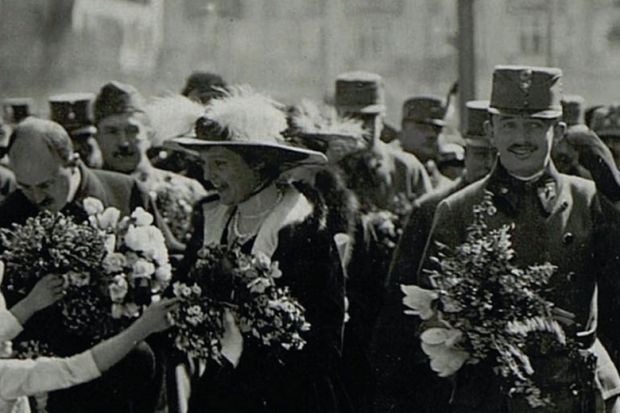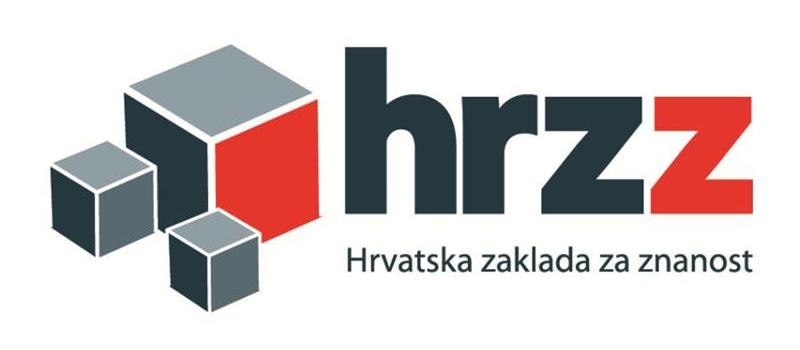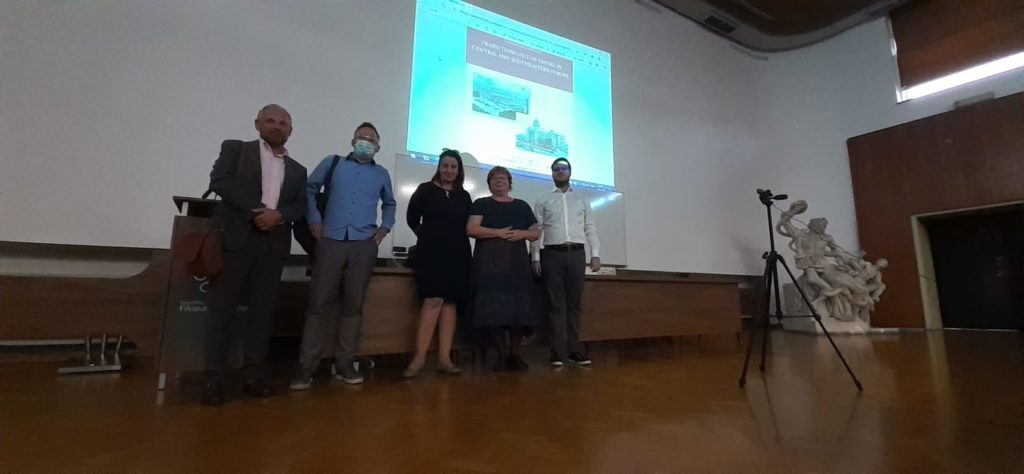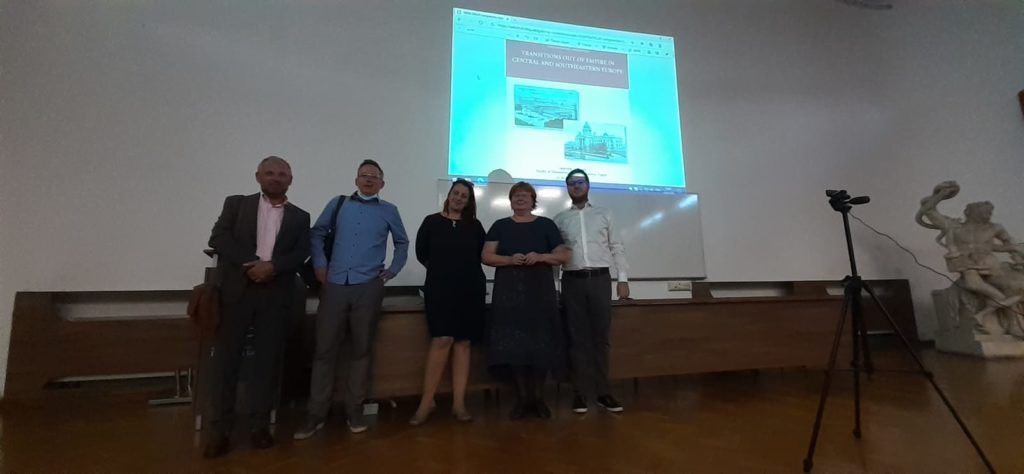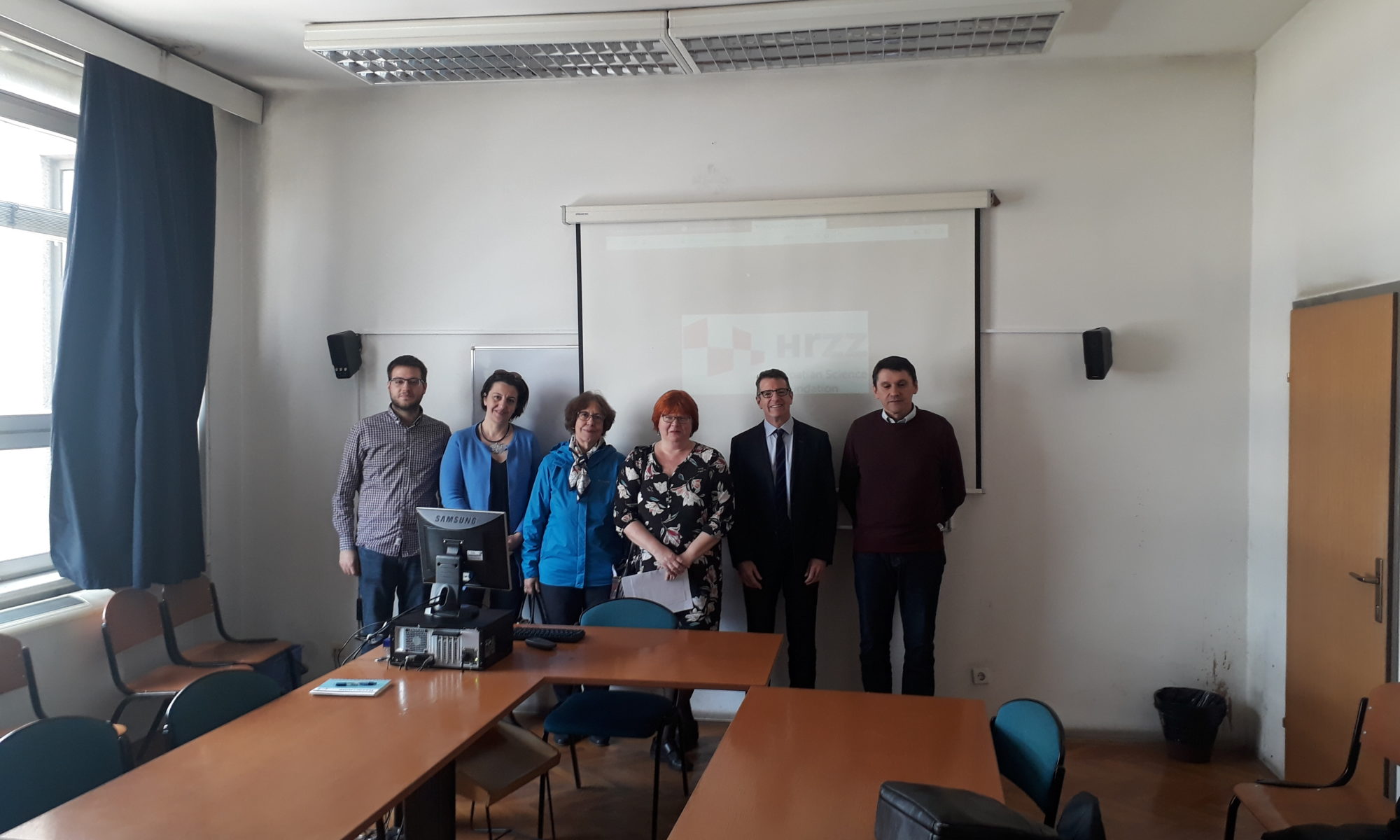The project, funded by the Croatian Science Foundation, ended on 31 December 2020 and we want to share our major research results with the wider scientific community.
The series of transitions after the fall of the Berlin Wall and the collapse of the socialist Yugoslavia sparked the interest for other such processes as well, enticing researchers to rethink the transitions out of empires in 1917/1918. This was one of the motives to launch a project on the transition of Croatian elites from the Habsburg Monarchy to the Yugoslav state. The other was a tendency to shed light on the Habsburg legacy in general, since historiographies of its successor states have for long often stressed their own national narratives, sometimes even turning the Monarchy into the periphery of their national histories.
Croatian elites enjoyed different positions in the new Yugoslav state, depending on the specific group characteristics, but also on their personal political and national orientation. In general, the most vulnerable were those whose position and existence directly depended on the political/ideological and national frame, such as the nobility, regarded by the new regime as adversaries. Miha Preinfalk and Iskra Iveljić compared the fate of the nobility in Slovenia and Croatia, concluding that, despite some differences prior to 1918, they adopted similar strategies of survival in the new state. Aristocracy intended to preserve its landed estates and its way of life, whereas the new and the petty nobility was more prone to adjustment. The noblemen in Slovenia and Croatia did not found their associations, like their counterparts in Austria, and they were far less present in the public than before the war.
Administrative elite reflects the governing system of a country. The position of the old elite – the great prefects (veliki župani), researched by Božena Vranješ-Šoljan, is therefore significant for the assessment of the transition. They were as a rule members of the nobility, and appointed by the king himself, representing institutions that were fundamental for the state sovereignty. In this respect, a parallel can be drawn with Hungary, as well as other countries of Central and Eastern Europe, in which nobility played a role in important political institutions. Most of the old county prefects in Croatia and Slavonia did not belong to the administrative elite in the new state; they were pushed to the sidelines of political decision-making in the process of the strengthening the governing structures in the unitary Yugoslav state.
Contrary to the administrative elite, the economic one was used to adapting to various economic and political circumstances, and was of vital importance for the new regime. The Slovenian case, analysed by Žarko Lazarević, shows that a small group of businessmen used the transition to improve their economic and social position. They presented themselves as a “true Slovene elite” and relied on political power. Since they were already established entrepreneurs integrated into international capital networks, there was no break or complete replacement of the old economic elites. Similar are the findings of Iskra Iveljić for a group of influential Croatian businessmen. The new regime needed a developed Croatian economic elite, as opposed to the old noble landowners. Ž. Lazarević’s and I. Iveljić’s comparison between Slovenian and Croatian economic elites shows that businessmen were mostly interested in political stability and redistribution of political power as the conditions for economic development and better representation in the central institutions. The regime for its part did not intend to destroy or replace the pre-war economic elites, but to control capital flows, which was achieved by the “nostrification” of the banking sector.
Among the intelligentsia historians were probably the most exposed to political influence since the post-1918 regime preferred historians who were pro-Yugoslav (Ferdo Šišić, Gavro Manojlović) as opposed to the Croatian-oriented ones (Ivo Pilar, Milan Šufflay). The situation worsened under the dictatorship of King Alexander introduced in 1929, which exercised a much stricter control over history than it was before 1918 and from 1918-1929, as shown by Branimir Janković. On the opposite pole were professionals such as physicians or lawyers whose education, expert knowledge and international connections were of vital importance. Therefore it is not surprising that many lawyers that were active before 1918, turned into prominent figures in the interwar period, as shown by Mark Cornwall’s research. Croatian lawyers had a sense of importance as ‘guardians of the law’ in their communities. It was perhaps the investigative magistrates and prosecutorswho found it hardest to adapt to the new regime. Croatian physicians, studied by Željko Dugac, were mostly educated at the universities in Vienna and Graz. Upon returning to Croatia they founded the areas of specialist professions, occupied university positions after the foundation of the medical school in Zagreb (1917) and enticed the development of social medicine. However, even prominent physicians were sometimes exposed to political pressure; with the introduction of the dictatorship of King Alexander, Andrija Štampar went abroad and became a well-known expert of the Health Organization of the League of Nations.
In general, the post-1918 world encouraged the further development of the women’s movement especially when it comes to the issues of suffrage, education, or women’s organizations. The transition to the Yugoslav state provided opportunity for the movement in Croatia (studied by Ida Ograjšek Gorenjak), for cooperation and contacts across the Yugoslav territory, as well as a better chance for the international activity. The result were several cross-Yugoslav women’s alliances and the transformation of some of the existing associations (e.g. the Lady’s Club – an elite association of Hungarian-oriented women, became the Circle of Serbian. Craotian and Slovenian sisters). However, national and political orientation had an impact on women’s associations as well, resulting in the change of names, or breaking up of cooperation.
Generation factor was of importance during the transition. Many of the new leaders belonged to the generation of the fin-de-siècle, marked by the modernist movement of ‘the Young’ (mladi), studied by Nikola Tomašegović. This formative period of their life marked their views on politics, culture, as well as ideology. Nevertheless, their careers evolved in different directions, and their views changed ranging from integral Yugoslavism to exclusive Croatianhood, but as expected, with many turns. Some members of the fin de siècle Croatian modernist movement became major political figures in the interwar period (Stjepan Radić, Svetozar Pribićević), while others achieved illustrious careers in business and state administration (Dušan Plavšić, Franjo Poljak), journalism (Milivoj Dežman, Milan Marjanović), literature (Milutin Cihlar Nehajev) etc. In many of the cases, they used the symbolic capital they had acquired before the war to further their careers in the new Yugoslav state, but in some instances also to criticize the regime for having deviated from the pre-war Yugoslav ideological assumptions.
To conclude with, it seems that our overall findings brought to light many traits of continuity that have so far been marginalised or neglected in historiography, traditionally focused on national and political themes and grand narratives that stress discontinuities. We very much feel that we have opened more questions than we have provided answers, but this is the fate of all historians. We hope that our researches will be carried on by other colleagues, and widened to other segments of elites and to the local level. The next step could then include a synthesis and a comparison with other countries in transition.
Transition is an intermediary period, a hybrid phase characterised by both continuity and discontinuity, the elements of the old and new structures (laws, currencies, institutions, officials…). It therefore does not necessarily present a coherent system, especially not at the operational everyday and local level. When it comes to the transition from the Habsburg Monarchy to the Yugoslav state, it can be said that the immediate transitional period lasted until the 1930s, but it had a different rhythm and dynamics in individual spheres and territories. It was much easier to carry through or even impose political and administrative changes in the centre, than the ones on the local level and in the field of culture or everyday life.
It is possible to pose a question on the very character of the interwar Yugoslav state, namely has it reached a proper stability or was it still in the process of transition? Of course, this dilemma is a part of the interpretative frame, which is open to discussion and varying viewpoints. However, it is worth pointing out that the interwar Yugoslavia collapsed in 1941 and was not in any form restored after the end of the Second World War. Its legacy was intentionally discarded or marginalised not just by the following regimes, but by many individuals and groups as well. For Croatian-oriented groups ‘Yugoslav’ equalled ‘great Serbian’ mostly because of the character of the interwar state. The Yugoslav legacy thus fared no better than the Habsburg one after 1918.
Finally, I would like to thank all the project members and our consultant Pieter M. Judson, who put a lot of effort into following our work and giving us valuable comments and suggestions.
Zagreb, 11 January 2021
Iskra Iveljić
